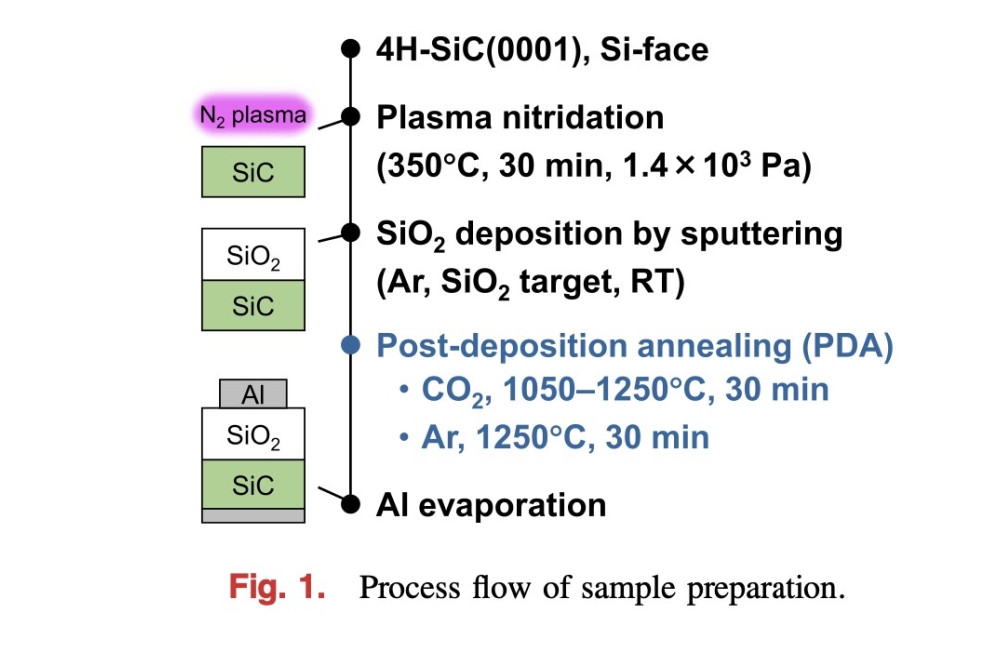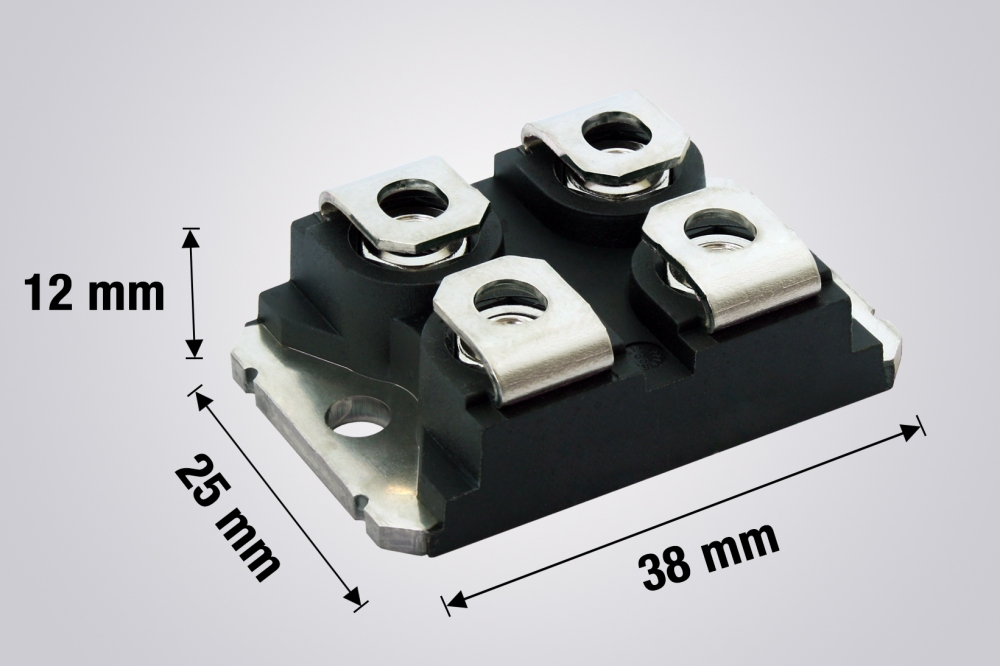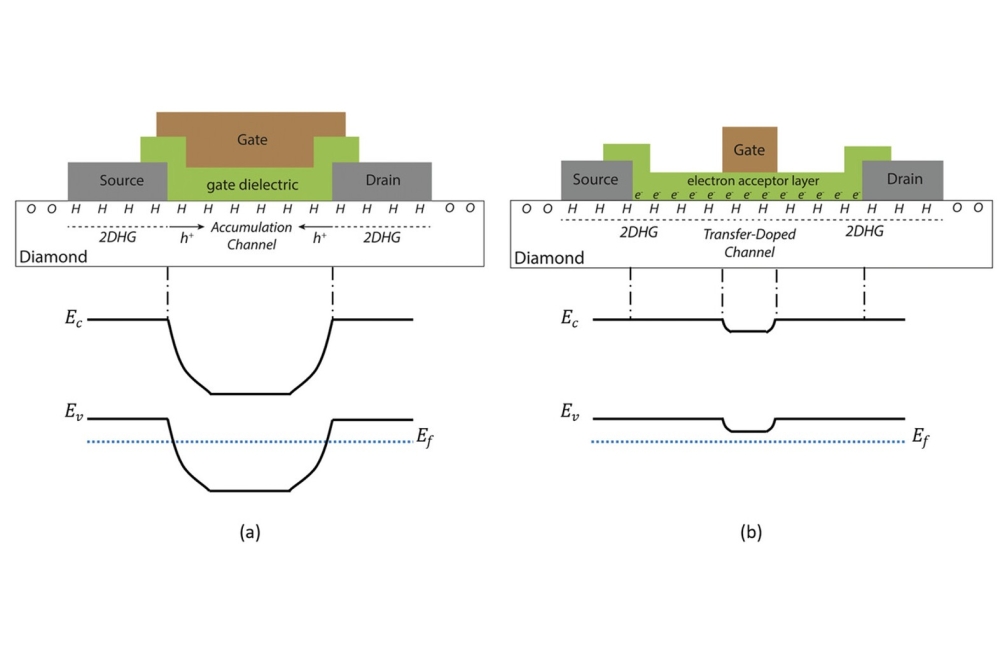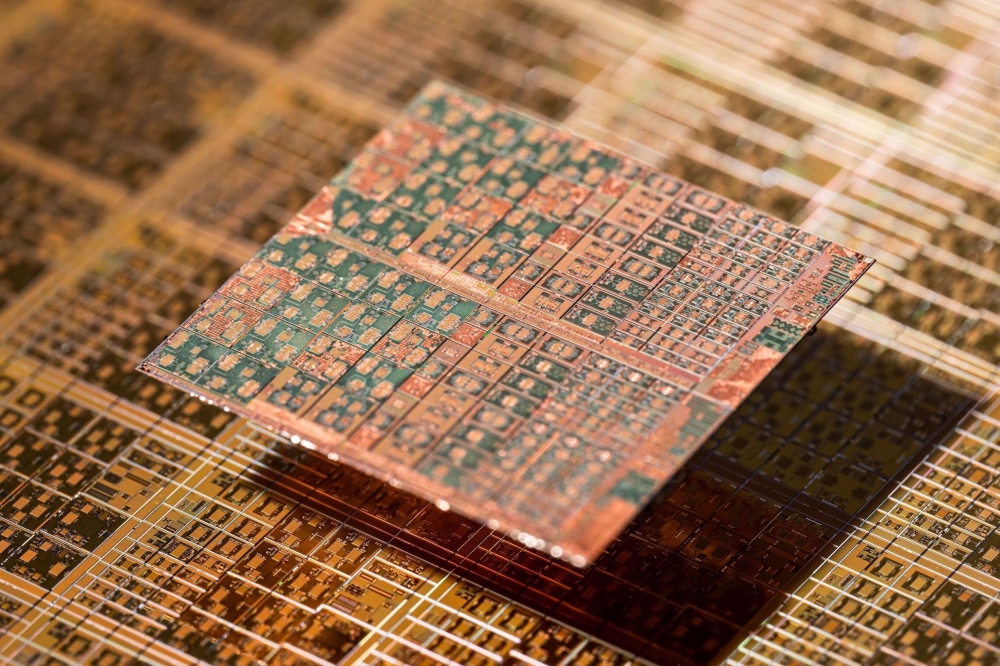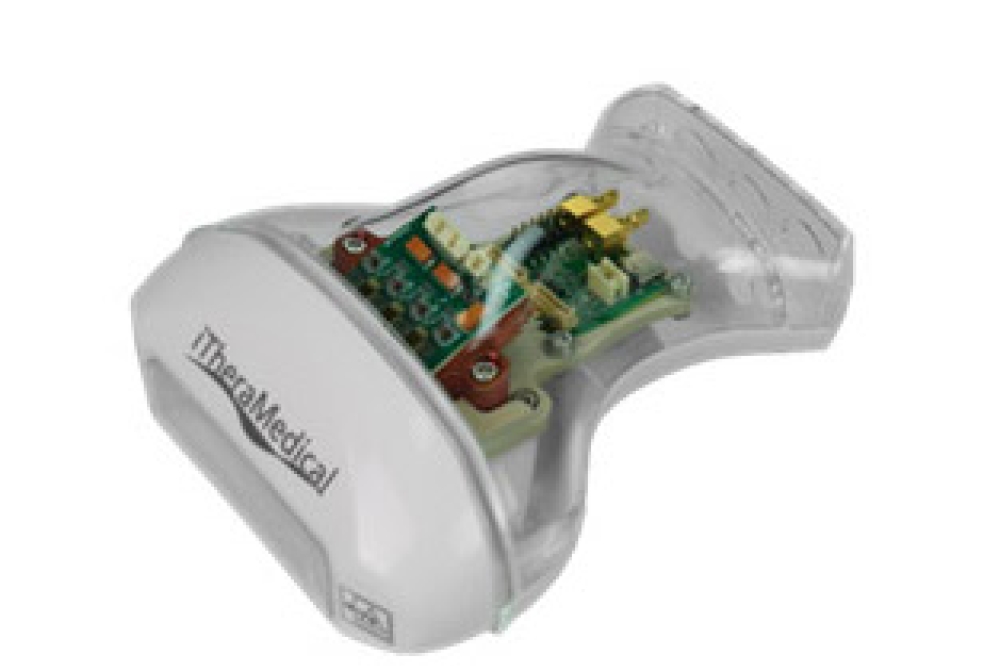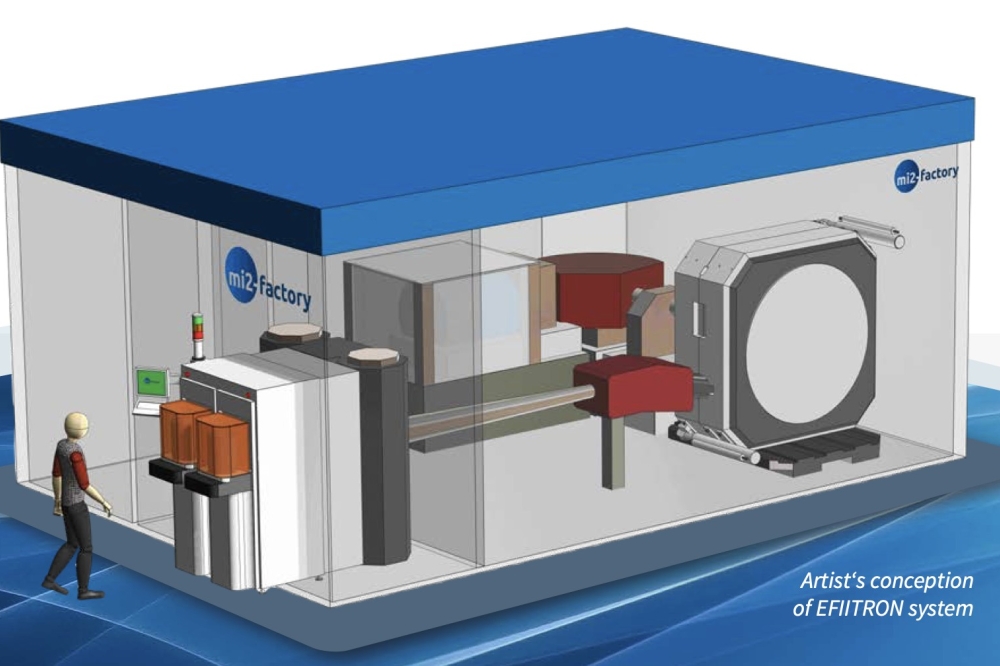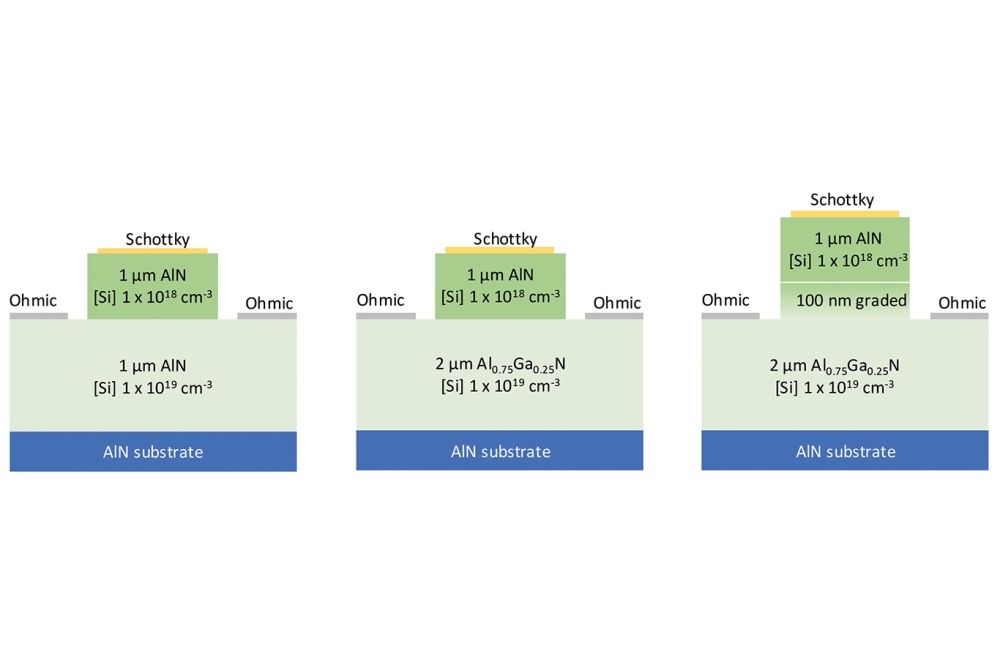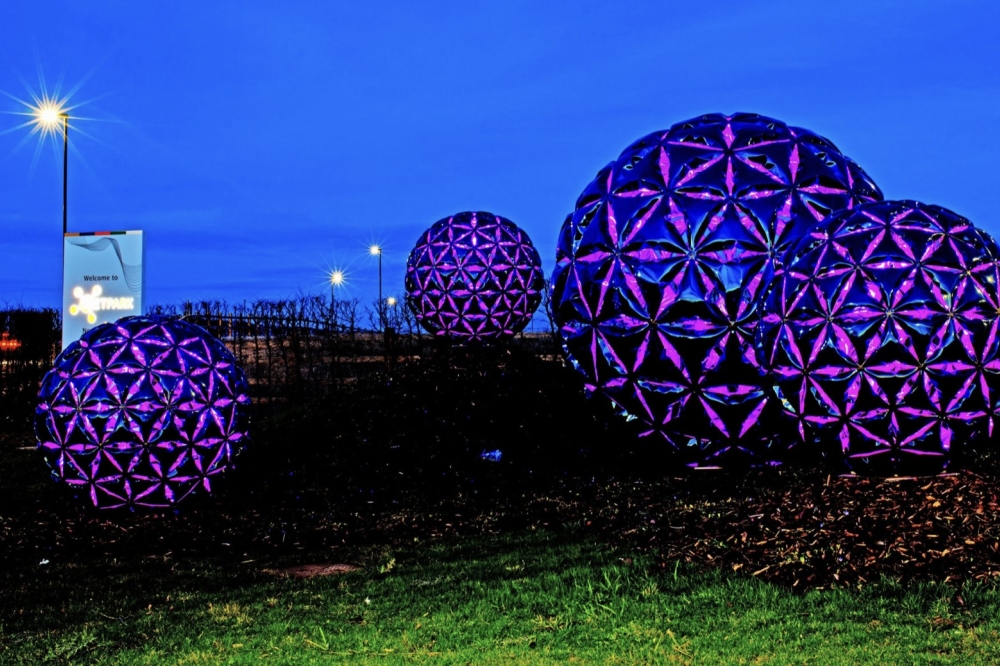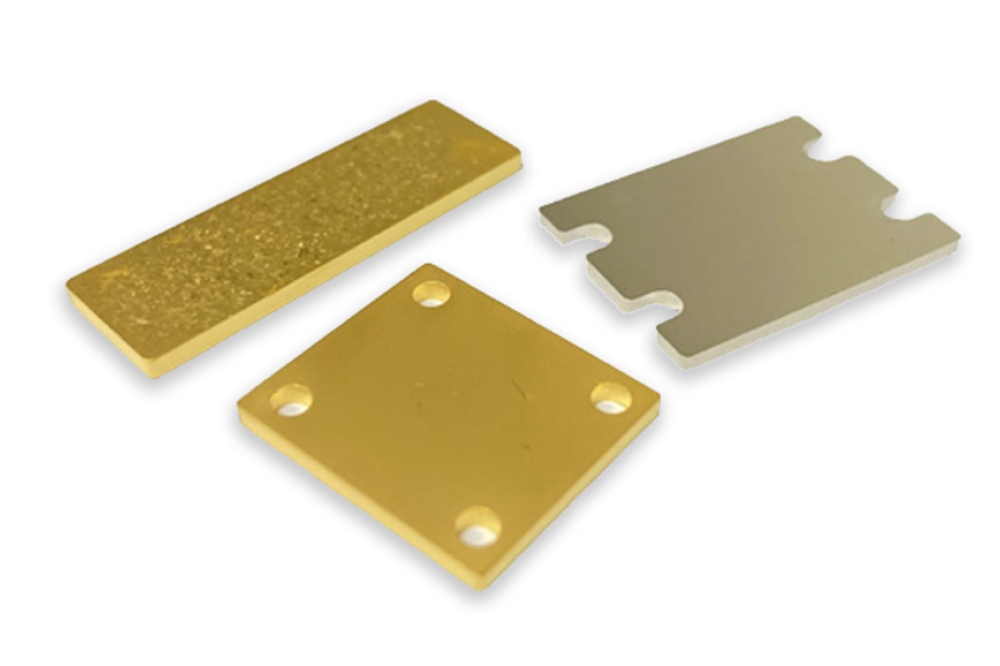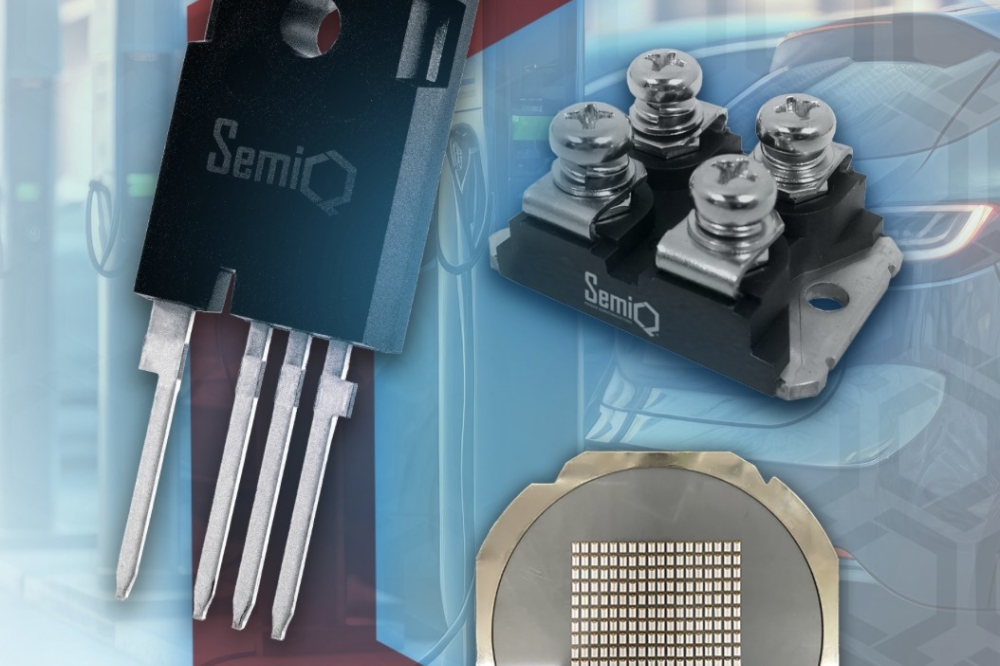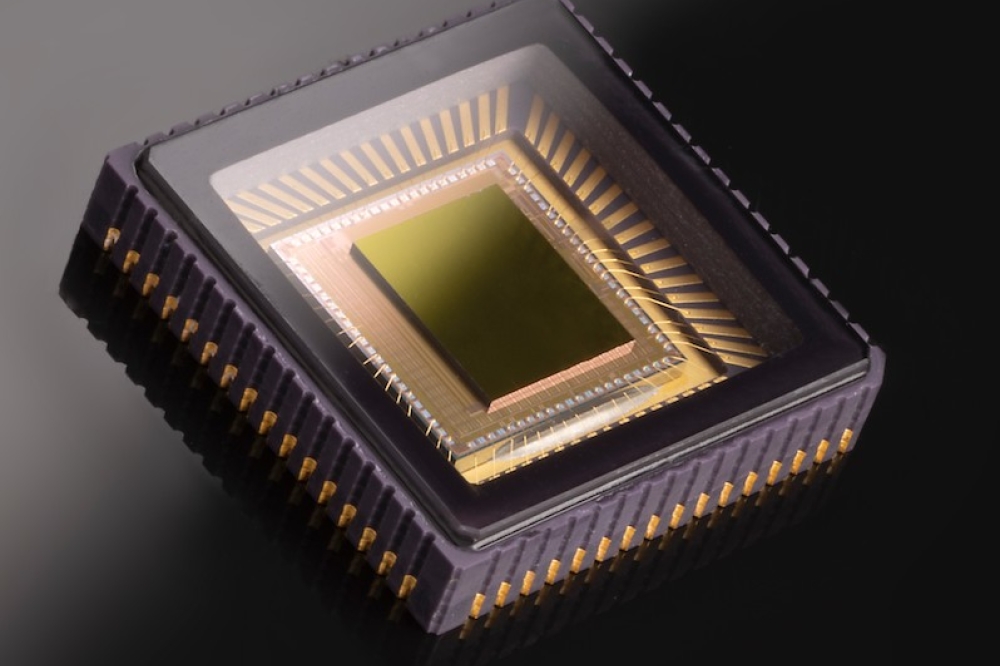LESA and GLASE develop LED module for plant research

Development should help understanding of how plants use energy and information from light
Rensselaer Polytechnic Institute's Lighting Enabled Systems & Applications (LESA) Center and the Greenhouse Lighting & Systems Engineering (GLASE) consortium have developed a method of advanced control over the spectral distribution of colour-mixing lights for horticulture research.
The six-wavelength modular fixture design can be 'daisy chained' to flexibly cover a wide range of growth area dimensions.
The Tunable Irradiance Growth Efficacy Research (TIGER) Light can be used to dynamically adjust spectrum and intensity in order to evoke specific physiological responses from the plants. The modules use a custom LED design from Prolight Opto, in which all six wavelength LEDs are combined in a single LED package for colour mixing at any distance from the light source.
As light is a source of both information and energy for plants, creating spectrally uniform precise ‘light algorithms’ by controlling the timing and spectral power distribution is critical for optimising controlled environment agriculture (CEA) plant growth. The TIGER Light will help to determine how the dynamic use of specific wavelengths can augment plant growth rates and improve nutritional value while controlling other plant qualities for improved CEA outcomes.
“The TIGER Light is a powerful research tool,” says LESA Researcher Rick Neal of the work he’s perfecting with Arunas Tuzikas. “Each module can be calibrated separately and independent of the housing to be systematically and individually tuned.”
Understanding how plants use the energy and information from light can lead to more efficient CEA crop production and higher nutritional content.
The TIGER Light platform was developed under funding from the National Science Foundation (NSF) and is now supporting development of advanced greenhouse lighting platforms as part of the GLASE consortium.

